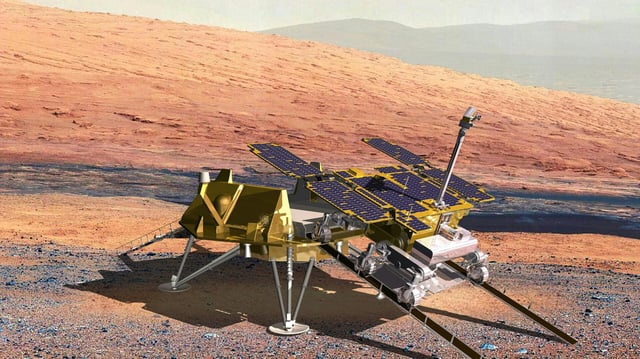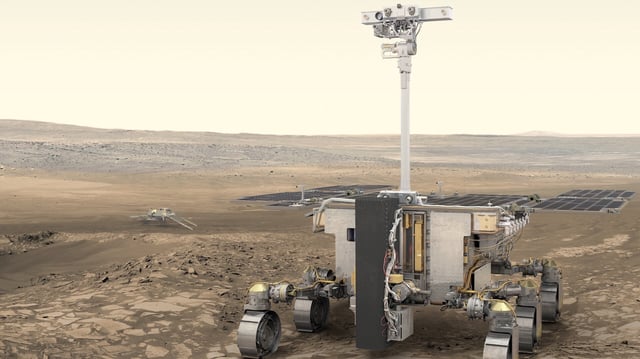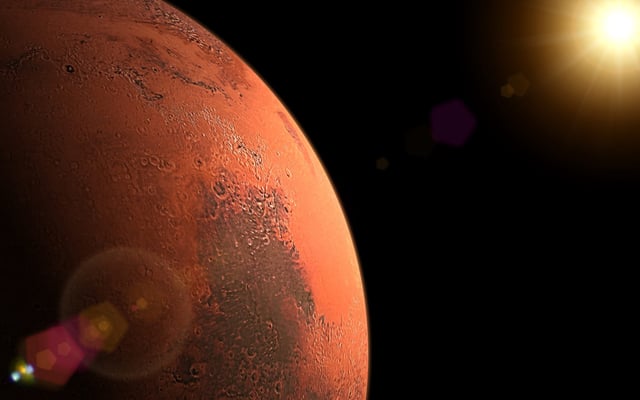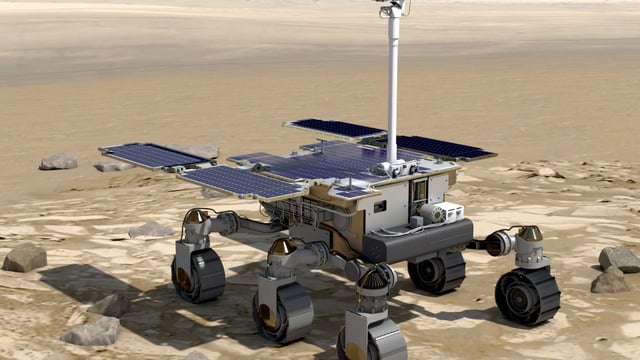Overview
- The European Space Agency (ESA) has contracted Airbus UK to design and build the landing platform for the Rosalind Franklin rover, funded through the UK Space Agency.
- The mission, scheduled for a 2028 launch and 2030 Mars landing, aims to drill two meters below the surface to search for signs of ancient life and study Mars' climate history.
- NASA is contributing critical components, including a rocket, descent module engine, and radioisotope heater units, as part of renewed international collaboration following the termination of Russian involvement in 2022.
- This marks Europe’s third attempt to land successfully on Mars, following the failures of Beagle 2 in 2003 and Schiaparelli in 2016, with significant advancements in robotics and autonomous systems.
- The mission is expected to inspire future scientists and engineers while advancing technologies applicable to extreme environments on Earth, such as nuclear plants and deep oceans.



